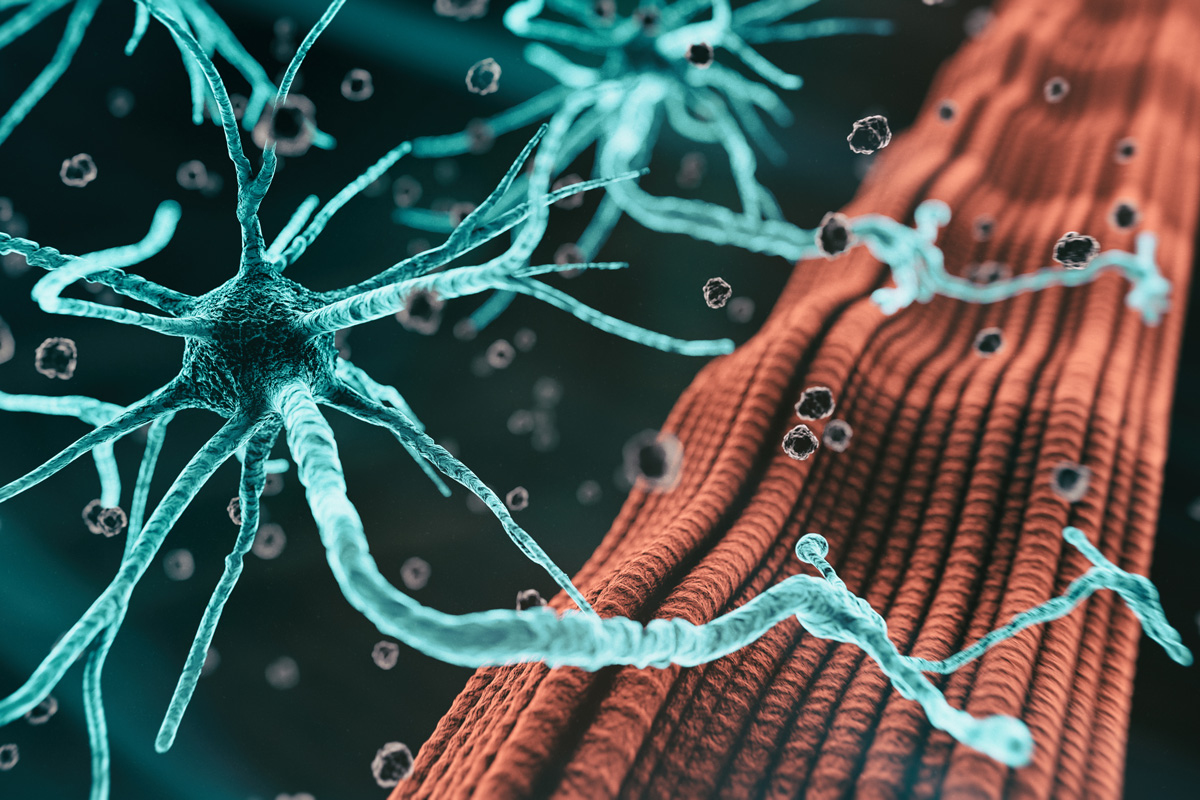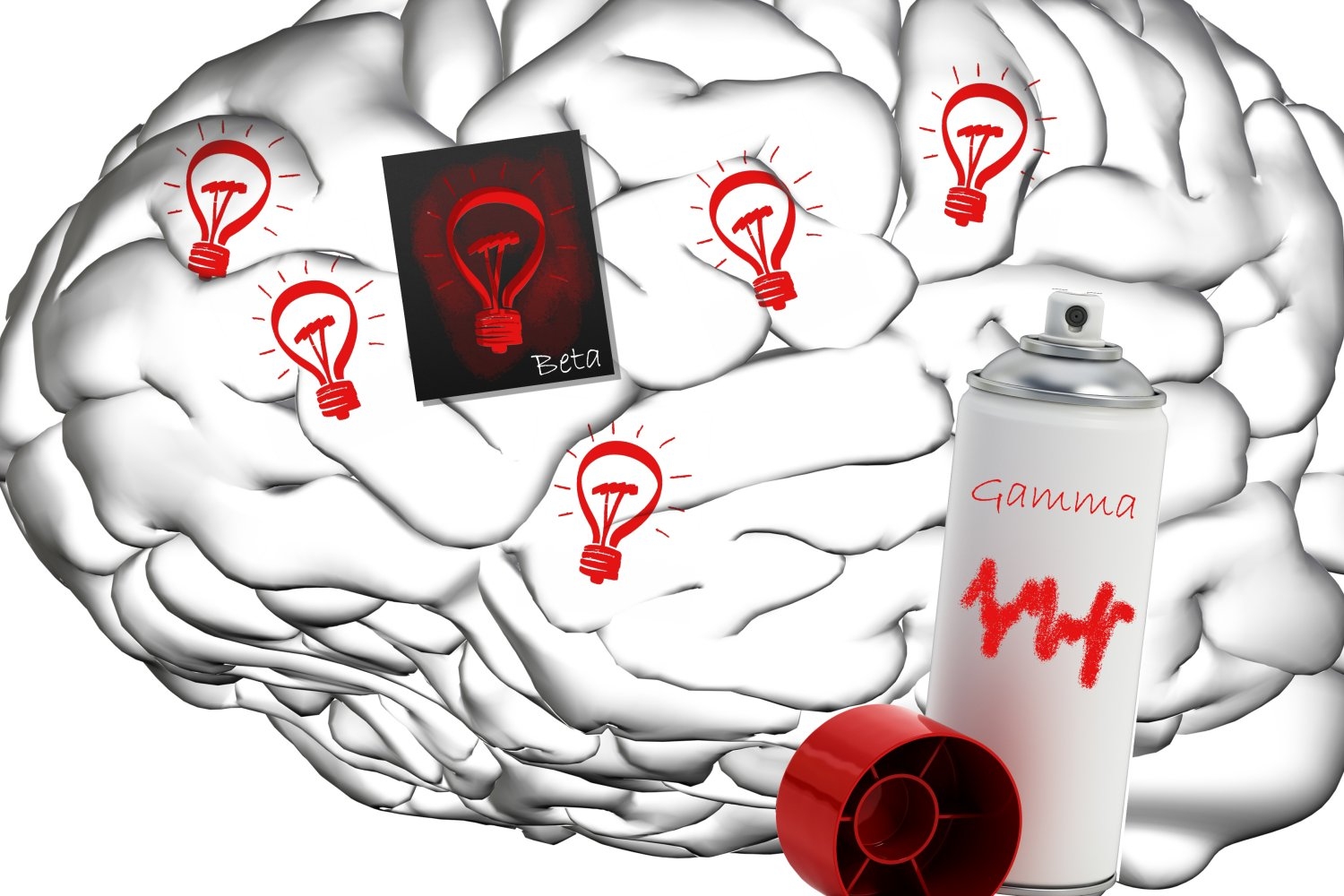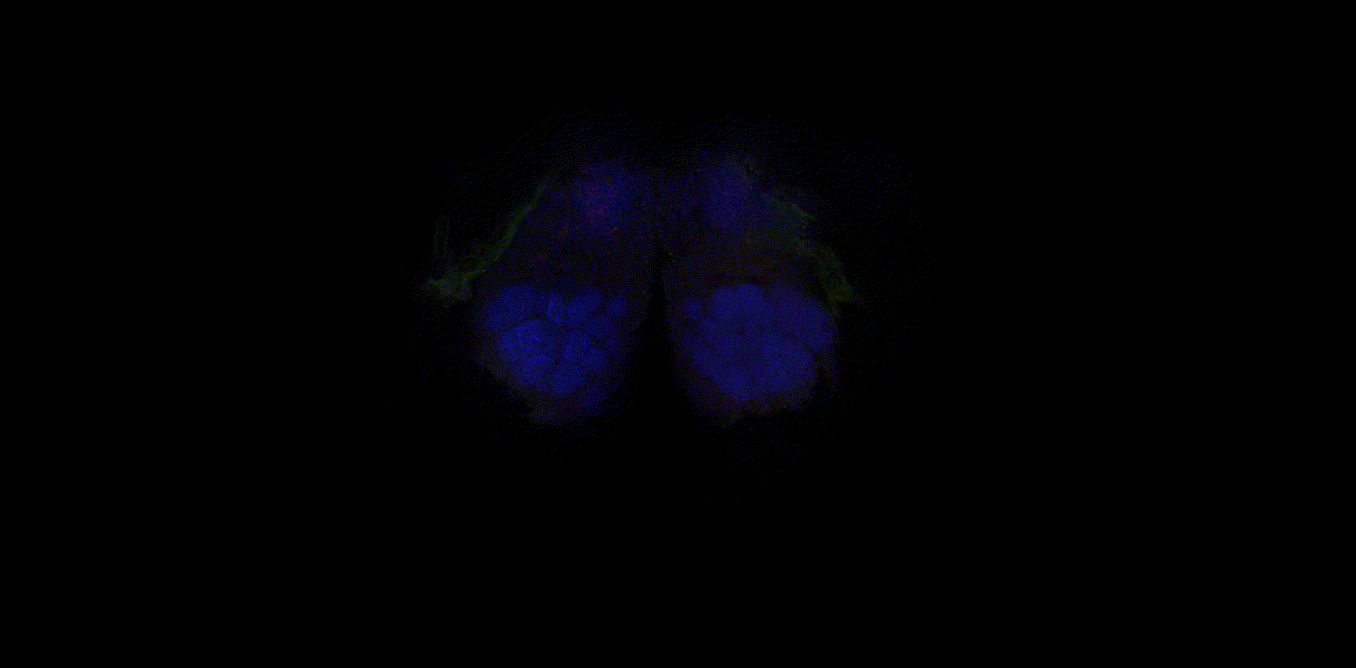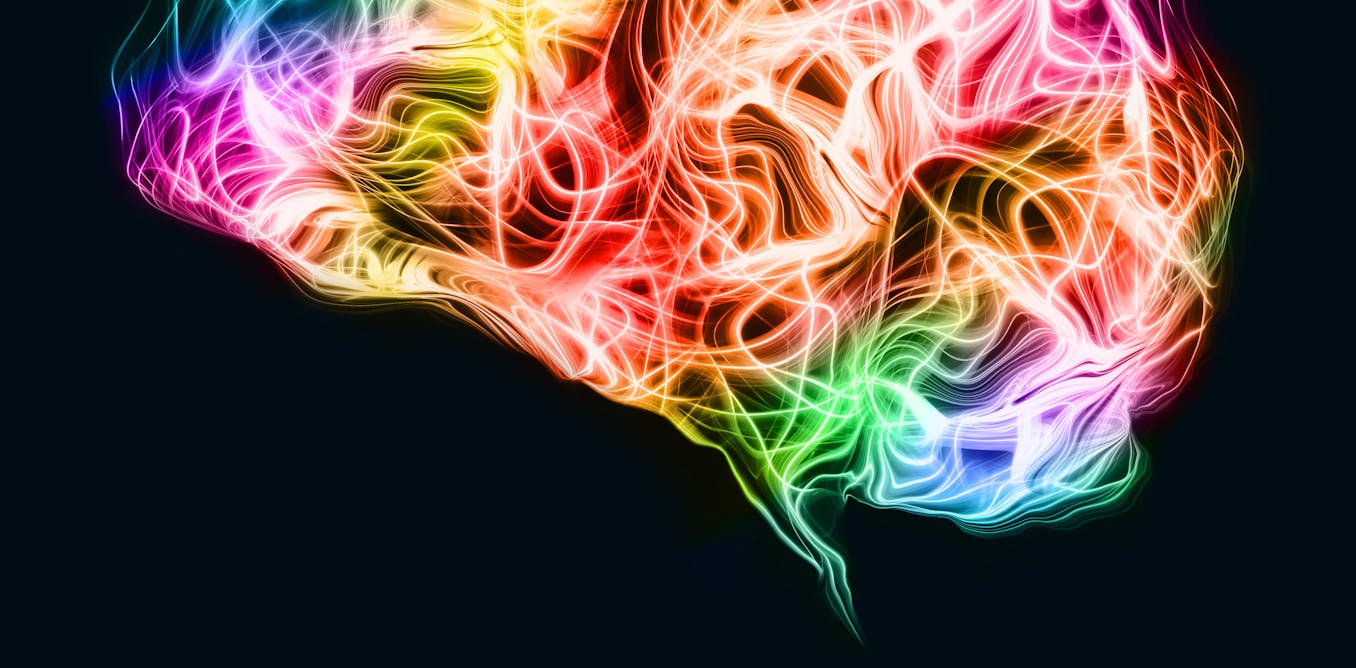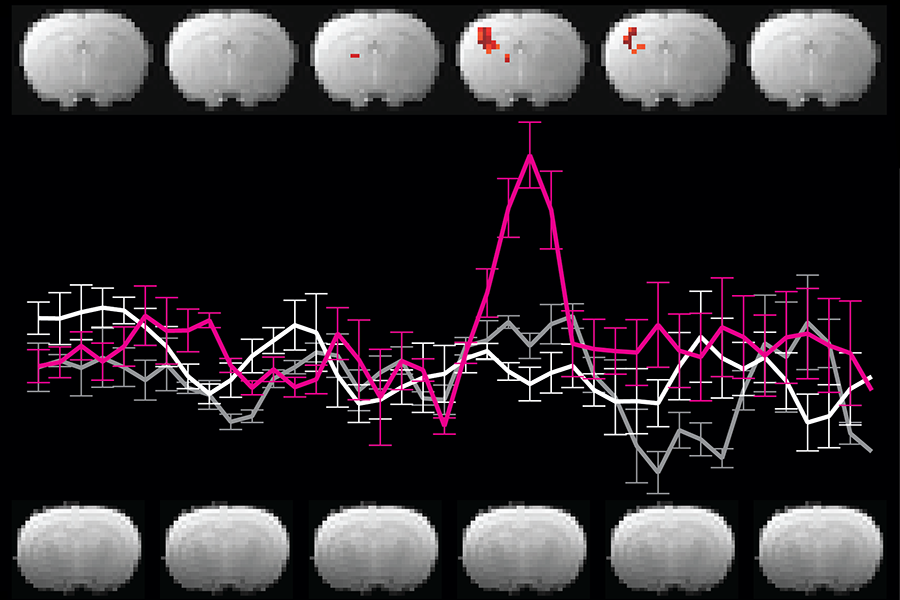To understand cognition — and its dysfunction — neuroscientists must learn its rhythms
A new framework describes how thought arises from the coordination of neural activity driven by oscillating electric fields — a.k.a. brain “waves” or “rhythms.”
David Orenstein | The Picower Institute for Learning and Memory •
mit
April 30, 2024 • ~7 min
April 30, 2024 • ~7 min
Human brains and fruit fly brains are built similarly – visualizing how helps researchers better understand how both work
Studying the human brain is difficult because of its vast and intricate network of neural connections. The fruit fly offers a simpler but similar model that researchers can more easily map.
Kristin Scaplen, Assistant Professor of Neuroscience, Bryant University •
conversation
April 15, 2024 • ~5 min
April 15, 2024 • ~5 min
Study unpicks why childhood maltreatment continues to impact on mental and physical health into adulthood
Childhood maltreatment can continue to have an impact long into adulthood because of how it effects an individual’s risk of poor physical health and traumatic
Cambridge University News •
cambridge
April 11, 2024 • ~4 min
April 11, 2024 • ~4 min
Brain scans of Philly jazz musicians reveal secrets to reaching creative flow
Neuroscientists analyzed the brain waves of 32 jazz guitarists as they improvised to chords and rhythms. Their findings suggest 2 key principles support innovative thinking.
Yvette Kounios, Adjunct Instructor of English and Professional Writing, Widener University •
conversation
April 5, 2024 • ~9 min
April 5, 2024 • ~9 min
/
78

